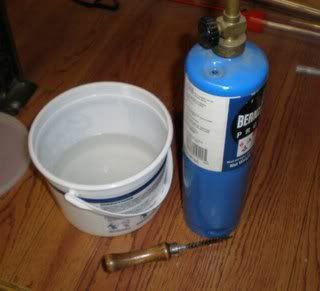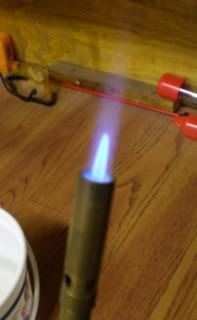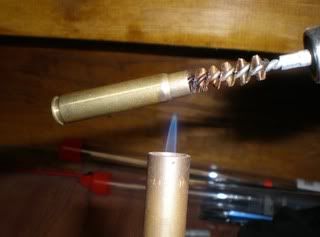OK, I have a BUNCH of 30/06 and .308 cases I need to anneal. The two methods I am most familiar with are putting in water up to near the shoulder, heating with a propane torch and bumping them over. The other is dipping them in the lead casting pot and dropping them in water. Ithink one of the fellows that sells silouette sights and scope mounts for contenders marketed a revolving machine to anneal (Ken Light?) but I've never seen one, and I think at the time it was a little expensive. What methods do other fella's here employ? anything to make the process go a little faster would help!

|
   
   
|


|






 Reply With Quote
Reply With Quote
















